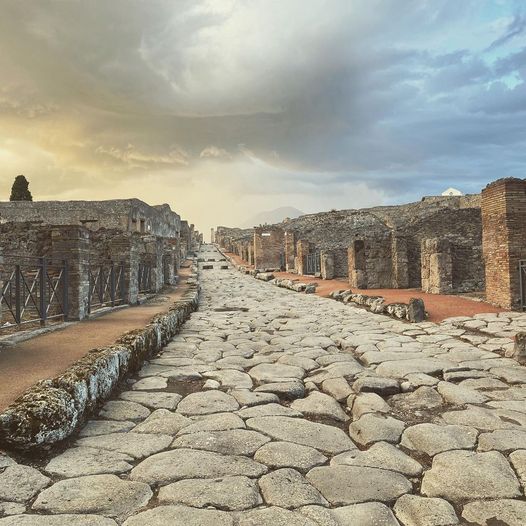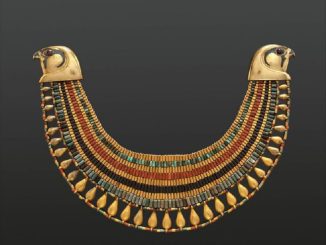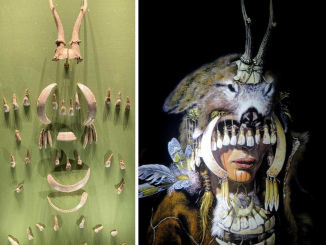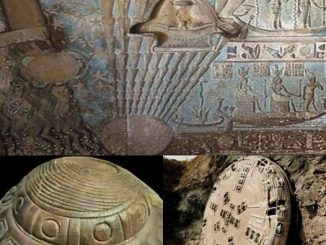Nestled in the shadow of the majestic Mount Vesuvius lies the ancient city of Pompeii, a testament to the enduring power of nature and the fragility of human existence. This once-thriving Roman settlement met its tragic fate in 79 A.D. when the fiery fury of Vesuvius erupted, engulfing the city in a deadly blanket of volcanic ash. Today, Pompeii stands as a hauntingly beautiful archaeological site, offering visitors a glimpse into the daily lives of its inhabitants nearly two millennia ago. Join us as we embark on a journey to uncover the secrets of Pompeii, from its opulent villas to its tragic demise.

The Cataclysmic Eruption: The eruption of Mount Vesuvius in 79 A.D. ranks among the most catastrophic natural disasters in human history. With a deafening roar, the volcano unleashed a torrent of ash, pumice, and toxic gases, blanketing the surrounding landscape in darkness and chaos. Pompeii, located just a few miles from the volcano’s crater, bore the brunt of the eruption, its streets and buildings buried beneath meters of volcanic debris. The sheer force of the eruption was enough to obliterate entire neighborhoods, trapping thousands of unsuspecting residents in a horrifying tableau of death and destruction. As the ash settled and the chaos subsided, Pompeii lay frozen in time, its once-vibrant streets now eerily silent and deserted.
A Glimpse into Ancient Life: Despite the tragedy that befell Pompeii, the city’s remarkably preserved ruins offer a rare glimpse into the daily lives of its inhabitants. From the grandeur of its public buildings to the intimacy of its private homes, Pompeii was a bustling hub of commerce, culture, and leisure. Lavish villas adorned with colorful frescoes and intricate mosaics attest to the wealth and sophistication of Pompeian society, while the remains of bustling markets and bustling streets paint a vivid picture of daily life in ancient Rome. Moreover, the discovery of organic remains, including wooden objects and human bodies, provides poignant reminders of the human cost of the disaster, immortalizing the final moments of Pompeii’s doomed inhabitants for posterity.
Preserving the Past: In the centuries following its rediscovery in the 18th century, Pompeii has captivated the imaginations of scholars, artists, and tourists alike. Excavations have unearthed a treasure trove of artifacts, from delicate jewelry to sturdy amphorae, shedding new light on the cultural and economic life of the ancient city. Today, Pompeii remains one of Italy’s most popular tourist attractions, drawing millions of visitors each year to marvel at its evocative ruins and timeless beauty. Yet, the ongoing threat of deterioration and environmental damage looms large, prompting efforts to preserve and protect Pompeii for future generations. Through careful conservation and innovative restoration techniques, archaeologists and historians strive to ensure that Pompeii’s legacy endures for centuries to come, serving as a poignant reminder of the fragility of human civilization in the face of nature’s awesome power.
Conclusion:
In conclusion, Pompeii stands as a testament to the resilience of the human spirit and the enduring legacy of the ancient world. From its cataclysmic demise to its ongoing rediscovery, the city’s story continues to captivate and inspire, inviting us to reflect on the fragility of life and the inexorable forces of nature. As we wander through its silent streets and crumbling ruins, we are reminded of the fleeting nature of human existence and the importance of cherishing the past. So, let us continue to explore, discover, and marvel at the wonders of Pompeii, for therein lies the key to unlocking the mysteries of our shared heritage.


